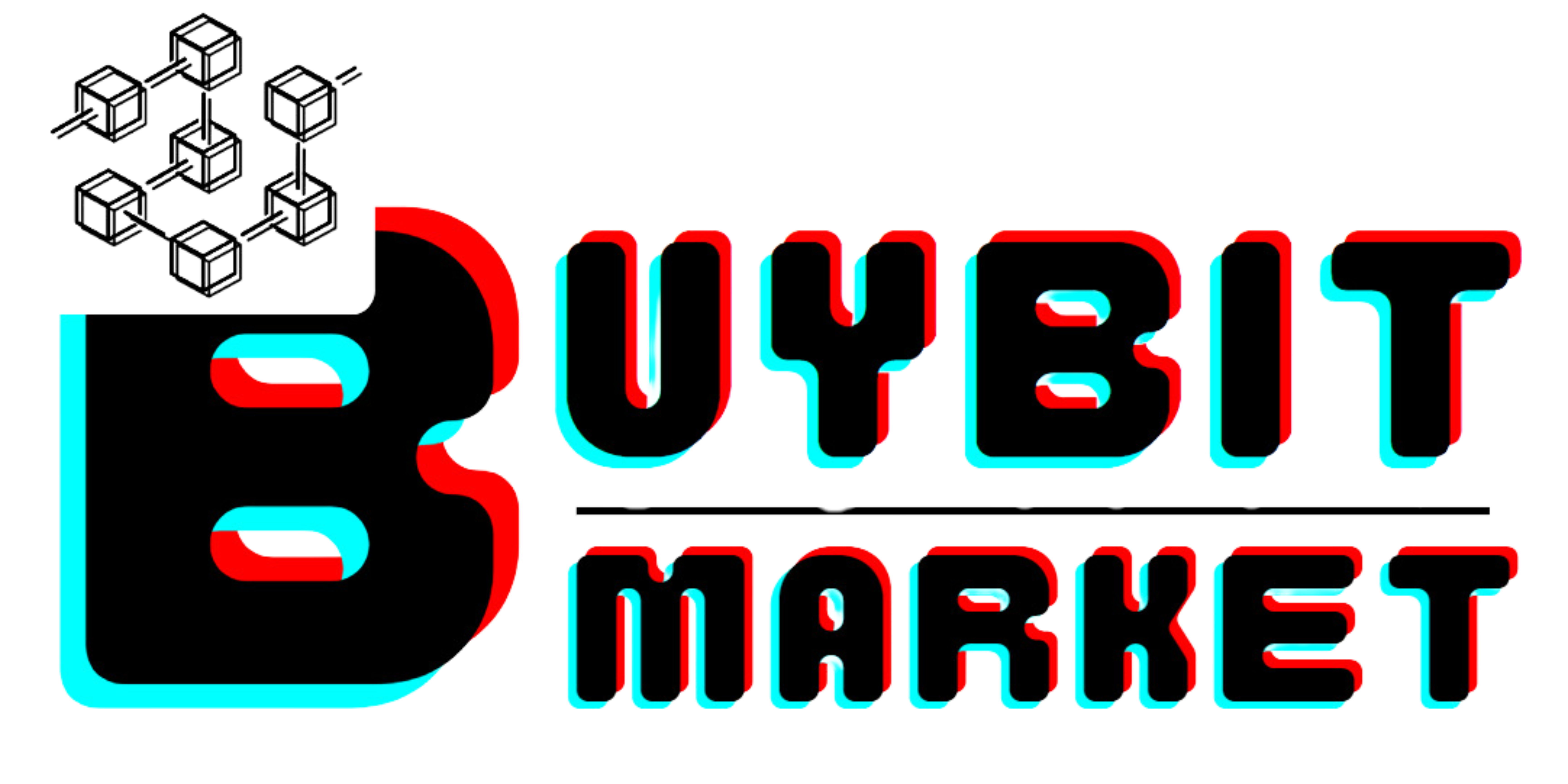Stories about cryptocurrencies can occasionally promise a journey to the moon, but not all rockets reach the moon, and markets frequently make mistakes and fall into the same traps.
Technical analysis prowess, a thorough grasp of the fundamentals, or exposure to market intelligence are frequently prerequisites for success in the cryptocurrency trading industry.
However, market narratives are often the primary factor influencing price movement.
Respecting these market tales is essential for successful cryptocurrency investing, regardless of their underlying validity.
There’s another catch: narratives can appear suddenly and powerfully, but they can also go just as swiftly.
A number of cryptocurrency stories have gained prominence in 2024.
Meme coins are one of the strangest trends; they have no real purpose or inherent worth, but they thrive on excitement, humor, and vibrant online communities. Although these tokens frequently draw those looking to make quick money, it is unclear how long they will last.
Serious themes have also emerged, such the expansion of real-world asset (RWA) tokenization and decentralized physical infrastructure networks (DePINs), both of which seek to address real-world issues.
Whereas RWA tokenization means symbolizing assets like properties and commodities, DePINs concentrate on leveraging blockchain to decentralize infrastructure like energy grids. Tokenized RWAs are expected by experts to open up a $30 trillion market, however that has not yet happened.
The ETFs provide a link among financial services and the cryptocurrency space, promoting institutional adoption and giving the industry legitimacy. More than $20 billion in Bitcoin has been acquired by BlackRock’s Bitcoin ETF alone, boosting confidence and market expansion.
Cointelegraph has examined five significant market storylines that have not yet materialized. As these narratives develop, historical evidence indicates that many trends have a tendency to fizzle out or drop below expectations.
The Lightning Network will allow Bitcoin to be used as a payment method

Satoshi Nakamoto designed Bitcoin to be virtual money decentralized from institutions and central banks, as stated in the 2008 white paper:
Online payments might be transmitted straight between parties without passing thru a banking institution if electronic cash was only available peer-to-peer.
The network’s sluggish transaction rates are a major obstacle to Bitcoin’s usage as a payment currency.
Visa can process up to 24,000 transactions per second (TPS), Mastercard up to 5,000, and Bitcoin up to seven at the moment. The stark contrasts between these online payment systems demonstrate the need for Bitcoin to improve its transaction speeds in order to be a competitive payment option.
Among them is the Lightning Network (LN).
Based on the Bitcoin blockchain, Lightning is a level-2 protocol that may handle payments on a faster, lighter, parallel network, freeing up burden from the main blockchain. In theory, the LN is able to send one million TPS and quickly settle each one.
As the number of Lightning nodes has increased and more cryptocurrency exchanges have embraced the technology, its acceptance has grown. Although there were great hopes that Lightning would turn Bitcoin into a usable form of payment, it still hasn’t met up to the hype.
The problems that Lightning has faced with network liquidity and privacy concerns make using bitcoins more difficult technically and prevent widespread adoption.
While it hasn’t failed, the L2 solution needs to be improved in order to process payments globally.
Blockchain technology is the answer to all problems

Place it on a In the commercial world, blockchain has been extensively used to hype up things without offering any true advantages.
The public was first exposed to cryptocurrencies during 2017 cryptocurrency bullish run and initial coin providing boom.
Blockchain was quickly marketed as a solution that could address problems in any industry.
Blockchain would offer digital identification, provide intellectual property rights, improve international distribution networks, end governmental corruption, tamper-proof elections, and much more.
Blockchain became a term during the 2017 cryptocurrency boom as companies looked to leverage their own variations of the algorithm to draw attention or benefit specific industries.
Some of the more odd use cases for blockchain were projects like PetChain, which tracked household pets using blockchain, and Dentacoin, which sought to build a decentralized environment to enhance many areas of dental treatment.
The excitement surrounding blockchain eclipsed its advantages, resulting in several projects that frequently lacked practical application. After the dust settled, it was evident that while blockchain technology can solve certain problems, not all issues can be solved by it.
NFT’s aspiration to possess a digital asset

Non-fungible tokens had a sharp increase in value in January 2021 and gained widespread recognition in March 2021 after cryptocurrency entrepreneur Sina Estavi paid $2.9 million for the first tweet sent by Twitter co-founder Jack Dorsey. According to OpenSea, the greatest offer for this NFT right now is just over $2,000, or 0.8 Ether ETH $2,525 at present prices.
The technological ability to demonstrate ownership of digital content was made possible by NFTs. This was revolutionary because it had the potential to change many industries and establish a market for digital collectibles and gaming assets.
NFTs were supposed to address the issue that digital artists faced—namely, the ease with which their creations could be copied or stolen. The work of art would be minted with the token, providing ownership verification.
One of the wildest hype cycles in cryptocurrency history resulted from the development of a new virtual market, as investors went all in to own the first NFTs.
Collections of NFT and generated by computers profile picture (PFP) sets each cost millions of dollars, with very little distinction. Although the lunacy crested, NFTs are now being sold at significant losses.
The utilization of NFTs for wash trading, the absence of copyright rights, and the countless frauds that damaged their reputation and ultimately turned off investors could all have contributed to NFTs’ demise.
NFTs still have a lot of potential practical applications, even though the general public still associates them with images of monkeys on social media.
They could be used to track previous ownership in real estate and to allow irreversible verification of certificates in academic settings. Through NFT variants like the soulbond coins offered by Ether co-founder Vitalik Buterin, new methods to digital identification and reputation management as well as anti-forgery systems for the booking industry could be built.
These applications won’t be put into action until NFTs receive broad market and consumer approval or legal support.
Social connections will have a new frontier due to the metaverse

The Commodore 64 computer game Habitat by Lucasfilm, released in 1985, served as the first instance of a digital space in which users could communicate.
Neal Stephenson first used the phrase “metaverse” in his book Snow Crash, published seven years later in 1992.
With the advent of VR (virtual reality) headsets in 1990s, the metaverse seemed ready to take off as a revolution in technology. However, primarily as a result of technological constraints, the sector was overhyped and failed to acquire widespread momentum.
But new developments in virtual reality (VR) headsets, augmented reality (AR), and greater internet speed have piqued interest in the metaverse once more.
The pivotal moment was when Mark Zuckerberg declared that Facebook will henceforth be known as Meta and pledged to invest in and advance the metaverse.
The basic idea of the metaverse’s crypto narrative is to build an immersive, decentralized digital realm where users may communicate, create, and trade in a digital space. True virtual ownership and interoperability could be made possible by blockchain technology and cryptocurrencies, which may also lead to the creation of new digital economic systems.
Similar to the NFT frenzy, blockchain-based metaverse companies saw an influx of capital. Some virtual real estate, like the 116 digital “land” pieces were sold for $2.4 million, was sold for outrageous sums of money.
The quick rush into well-known metaverse platforms like Decentraland and The Sandbox, however, was fleeting.
While The Sandbox has roughly 200 daily active users, Decentraland has about 300, according to DappRadar data, despite raising millions.
Maybe the buzz over investments in the metaverse arrived too soon. Users became disinterested in an unfinished product that fell short of their expectations in terms of gameplay. With its investments in the metaverse, Meta continues to lose money, losing $16 billion in 2023. It will take time to see if new technology advancements lead to the emergence of a profitable and dynamic metaverse.
People will use private tokens because they prefer to transact secretly

Despite what the general public believes, cryptocurrency does not provide complete anonymity. The majority use public blockchains, which at best provide pseudonymity; privacy coins were created to address this.
Prominent privacy coins like Zcash ZEC $33 and Monero XMR $164 were developed to protect financial privacy and maintain transaction anonymity.
These coins saw a boom in 2017 and a resurgence in 2021. There was a resurgence of interest in privacy coins as authorities focused on them.
But so far, it appears that legislative authorities have won the war.
Because of ongoing governmental pressure and their link to illegal activities like laundering money and tax avoidance, private tokens have been vilified.
Many exchanges started delisting privacy tokens in 2022 to prevent legal reaction as pressure rose, significantly limiting liquidity and accessibility, despite the price spikes between 2017 and 2022.
The development of cutting-edge forensic instruments and blockchain analytics companies that can follow specific transactions has led to an evolution in law enforcement capabilities as well. Even though Monero couldn’t be cracked, other privacy currencies’ claim to be totally untraceable was undermined by the fact that they could be tracked.
Additionally, the majority of regular cryptocurrency users feel secure enough in the pseudonymity provided by popular digital currencies such as Bitcoin or Ethereum, and efforts to make them more private are likely to make niche privacy coins less appealing.




 Bitcoin
Bitcoin  Ethereum
Ethereum  Tether
Tether  XRP
XRP  Solana
Solana  USDC
USDC  TRON
TRON  Dogecoin
Dogecoin  Lido Staked Ether
Lido Staked Ether  Cardano
Cardano  Wrapped Bitcoin
Wrapped Bitcoin  Hyperliquid
Hyperliquid  Bitcoin Cash
Bitcoin Cash  Wrapped stETH
Wrapped stETH  Sui
Sui  Chainlink
Chainlink  LEO Token
LEO Token  USDS
USDS  Avalanche
Avalanche  Stellar
Stellar  Toncoin
Toncoin  Shiba Inu
Shiba Inu  WETH
WETH  Litecoin
Litecoin  WhiteBIT Coin
WhiteBIT Coin  Binance Bridged USDT (BNB Smart Chain)
Binance Bridged USDT (BNB Smart Chain)  Wrapped eETH
Wrapped eETH  Hedera
Hedera  Monero
Monero  Ethena USDe
Ethena USDe  Bitget Token
Bitget Token  Polkadot
Polkadot  Coinbase Wrapped BTC
Coinbase Wrapped BTC  Uniswap
Uniswap  Aave
Aave  Pepe
Pepe  Pi Network
Pi Network  Dai
Dai  Ethena Staked USDe
Ethena Staked USDe  OKB
OKB  Aptos
Aptos  BlackRock USD Institutional Digital Liquidity Fund
BlackRock USD Institutional Digital Liquidity Fund  Bittensor
Bittensor  Jito Staked SOL
Jito Staked SOL  Internet Computer
Internet Computer  NEAR Protocol
NEAR Protocol  Cronos
Cronos  Ethereum Classic
Ethereum Classic  sUSDS
sUSDS  Ondo
Ondo  USD1
USD1  Mantle
Mantle  Tokenize Xchange
Tokenize Xchange  Gate
Gate  Cosmos Hub
Cosmos Hub  VeChain
VeChain  Artificial Superintelligence Alliance
Artificial Superintelligence Alliance  Official Trump
Official Trump  Sky
Sky  Lombard Staked BTC
Lombard Staked BTC  Arbitrum
Arbitrum  POL (ex-MATIC)
POL (ex-MATIC)  Render
Render  Sei
Sei  Ethena
Ethena  Filecoin
Filecoin  Jupiter Perpetuals Liquidity Provider Token
Jupiter Perpetuals Liquidity Provider Token  Algorand
Algorand  USDtb
USDtb  Binance-Peg WETH
Binance-Peg WETH  Worldcoin
Worldcoin  KuCoin
KuCoin  Binance Staked SOL
Binance Staked SOL  Jupiter
Jupiter  USDT0
USDT0  NEXO
NEXO  Rocket Pool ETH
Rocket Pool ETH  TNQ
TNQ  Polygon Bridged USDT (Polygon)
Polygon Bridged USDT (Polygon)  Bonk
Bonk  Fartcoin
Fartcoin  SPX6900
SPX6900  Injective
Injective  Binance Bridged USDC (BNB Smart Chain)
Binance Bridged USDC (BNB Smart Chain)  Stacks
Stacks  Sonic
Sonic  Virtuals Protocol
Virtuals Protocol  Celestia
Celestia  Pudgy Penguins
Pudgy Penguins  Optimism
Optimism  PAX Gold
PAX Gold  PayPal USD
PayPal USD  Kaia
Kaia